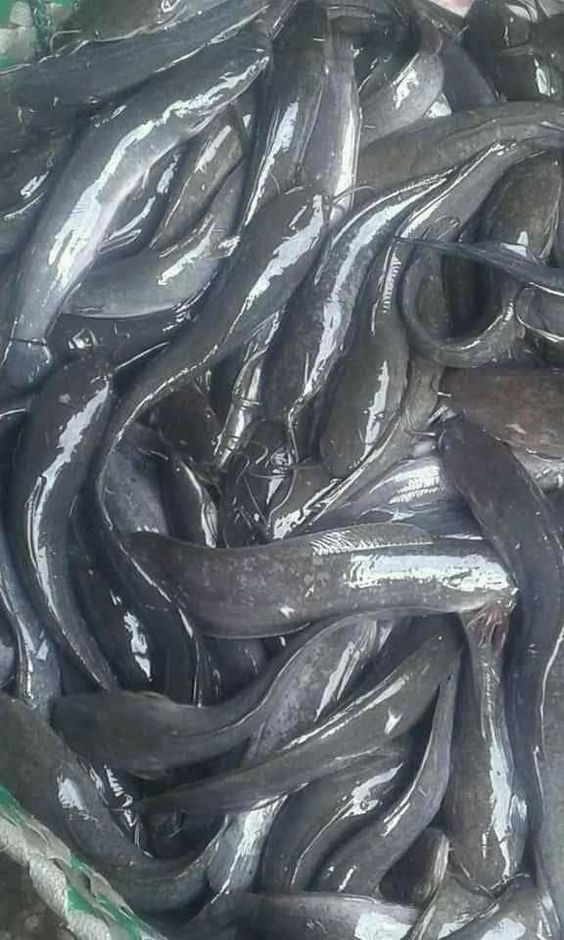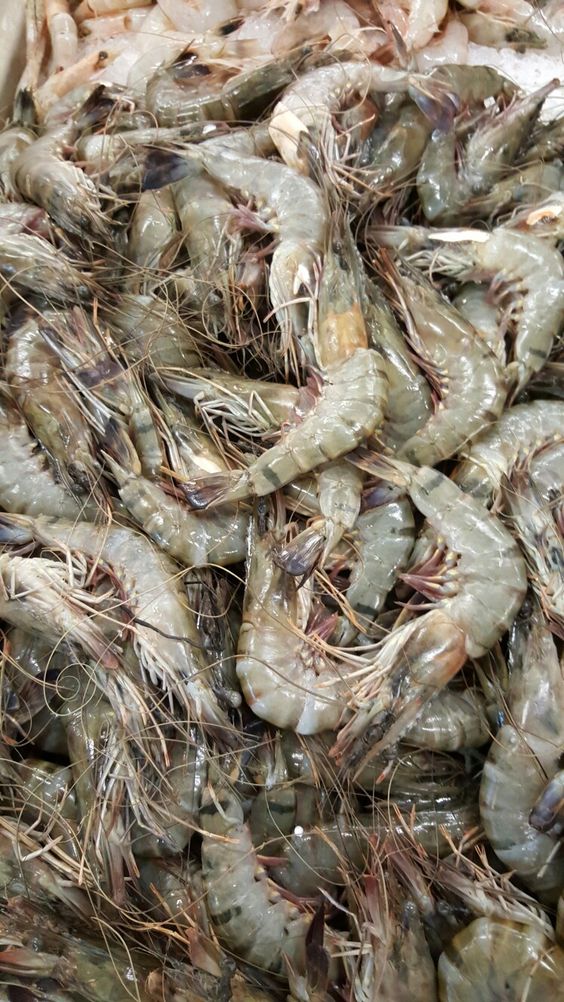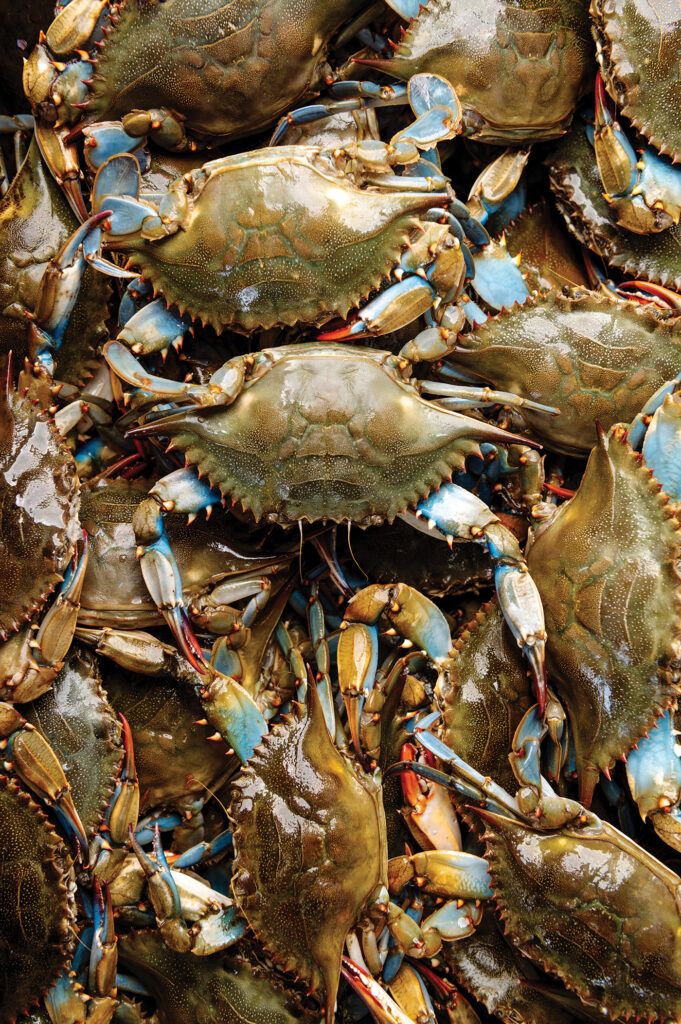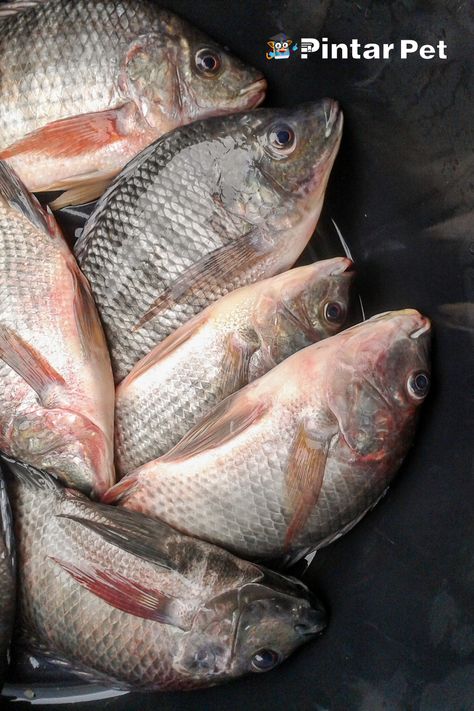Dive into Catfish Cultivation Techniques: A Guide to Raising Healthy, Delicious Fish
Catfish Cultivation Techniques, known for their whiskered faces and mild, flaky flesh, are a popular freshwater fish enjoyed worldwide. But beyond the delicious meals they provide, catfish cultivation has emerged as a successful and sustainable form of aquaculture. If you’re considering venturing into the world of catfish farming, this guide will equip you with the essential techniques to raise healthy and thriving catfish.
Contents
- 1 Setting the Stage: Pond Preparation and Management
- 2 Stocking Your Pond: Selecting Fingerlings and Seeding Density
- 3 Feeding Your Catfish: A Recipe for Growth
- 4 Maintaining a Healthy Pond Environment
- 5 Harvesting Your Catfish: Bringing Your Efforts to Fruition
- 6 Beyond the Basics: Additional Considerations for Catfish Cultivation
- 7 Conclusion: Catfish Cultivation Techniques
Setting the Stage: Pond Preparation and Management
The foundation of successful Catfish Cultivation Techniques lies in your pond. Here’s how to ensure it provides an optimal environment for your fish:
-
Location and Size: Choose a location with good drainage and access to a reliable water source. The ideal size depends on your production goals. Start with a manageable pond for beginners, allowing for easier maintenance and monitoring.
-
Pond Construction: Earthen ponds are the most common option. Clayey soil is preferred as it retains water well. Line the bottom with a plastic sheet to prevent seepage. Consult a professional for proper pond construction, especially regarding water depth and slope.
-
Water Quality: Catfish thrive in clean, well-aerated water. Maintain a pH level between 6.5 and 8.5 and a dissolved oxygen level above 5 mg/L. Regular water quality monitoring is crucial. Invest in aeration devices like paddlewheels or diffused air systems to ensure sufficient oxygen levels.
-
Fertilization: Prior to stocking your pond, promote the growth of natural fish food organisms by applying organic fertilizers like manure or compost. This creates a healthy ecosystem for your catfish.
Stocking Your Pond: Selecting Fingerlings and Seeding Density
-
Fingerling Selection: Source your fingerlings (young catfish) from reputable hatcheries. Look for healthy, disease-free fish of a uniform size. Ideally, purchase fingerlings that have already been vaccinated against common catfish diseases.
-
Stocking Density: Overcrowding your pond can lead to stunted growth, oxygen depletion, and disease outbreaks. The recommended stocking density varies depending on catfish species, pond size, and management practices. Generally, for pond culture, aim for 2,000 to 5,000 fingerlings per acre of water surface.
Feeding Your Catfish: A Recipe for Growth
-
Feeding Frequency and Quantity: Feed your Catfish Cultivation Techniques a balanced, commercially prepared diet specifically formulated for their species and life stage. Young catfish require more frequent feedings (2-3 times daily) compared to mature fish (once daily).
-
Feed Management: Observe your fish’s feeding behavior and adjust the feeding amount to ensure they consume everything within 20-30 minutes.Catfish Cultivation Techniques Overfeeding can pollute the water. Regularly monitor growth and adjust feeding quantities accordingly.
Maintaining a Healthy Pond Environment
-
Water Quality Monitoring: Regularly monitor water quality parameters like pH, dissolved oxygen, ammonia, and nitrite levels. Take corrective actions like water exchange or adjustments in aeration if necessary.
-
Disease Prevention: Maintain good hygiene around the pond to minimize the risk of disease outbreaks. Implement biosecurity measures like disinfecting boots and equipment before entering the pond area.
-
Predator Control: Catfish are susceptible to predation by birds, turtles, and other animals. Employ fencing or netting around the pond to deter predators.
Harvesting Your Catfish: Bringing Your Efforts to Fruition
-
Harvest Timing: The optimal harvest time depends on your target market size and growth rate. Generally, catfish reach marketable size within 6-8 months of stocking.
-
Harvesting Methods: There are several harvesting methods, including seining nets, cast nets, or draining the pond partially or completely. Choose the method that best suits your pond size and production scale.
-
Grading and Processing: After harvesting, sort the catfish by size and grade them for market or further processing.
Beyond the Basics: Additional Considerations for Catfish Cultivation
-
Record Keeping: Catfish Cultivation Techniques Maintain detailed records of all activities related to your catfish operation, including stocking dates, feeding regimes, water quality measurements, and harvest data. This information helps track progress, identify areas for improvement, and make informed decisions.
-
Regulations and Permits: Research and comply with all local and regional regulations pertaining to catfish farming. Permits may be required for pond construction, water use, and fish movement.
-
Marketing Your Harvest: Develop a plan for marketing your catfish. Explore options like selling directly to consumers, restaurants, or wholesalers. Building relationships with local buyers can ensure a consistent market for your produce.
Conclusion: Catfish Cultivation Techniques
Catfish Cultivation Techniques can be a rewarding and profitable venture.Catfish Cultivation Techniques By following these techniques and best practices, you can create a thriving catfish farming operation. Remember, success hinges on meticulous pond management, providing a healthy environment, and offering a nutritious diet to your fish






